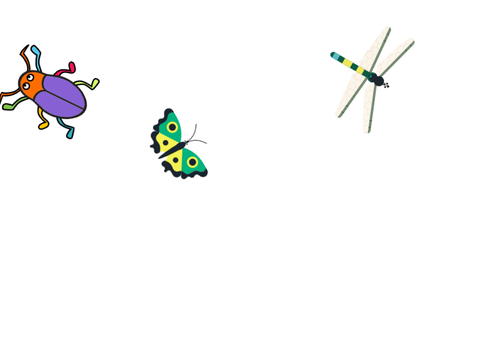MosquitoEdge
The Project
A great deal of literature has discussed the idea that the existence and population of species is predicated on environmental variables. This idea is called Hutchinson’s niche, and mosquitos were no exception to Hunchinson’s niche. Many studies found correlations between mosquito populations and certain environmental variables: temperature, humidity, air pressure, precipitation, and cloud cover, etc. Our team brought that understanding of Hutchinson’s niche to the modern era, building a Random Forest model, a machine learning model that uses decision trees capable of predicting the likelihood of mosquito presence at any particular point in time and space. But before we could do that, we needed to collect and process mosquito data and corresponding climate data. Mosquito presence and absence points extracted from NASA’s citizen science platform, GLOBE Observer, and the National Ecological Observatory Network, were matched to climate data from the National Oceanic and Atmospheric Administration. After developing the machine learning model with 86% accuracy, we deployed it on a small microcomputer device(Raspberry Pi 4B) to be used on the edge, in remote regions without cloud connectivity; these areas are often the most beset by mosquito-borne disease, and also the most aided by this device.
Team Comments
We chose to make this project because...A tool with the ability to identify and predict future locations of mosquito hotspots (areas of high mosquito density) can be especially valuable in controlling the spread of mosquitos and the diseases they carry, with the potential to save nearly 700 million people from mosquito-borne illnesses.
What we found difficult and how we worked it outOne of the major issues was the compute required on the edge to run our compute heavy random forest machine learning model. Using a raspberry pi 4b was a amazing choice as it allowed us to run the model extremely efficiently and open up opportunities for tuning and maximizing efficiency.
Next time, we would...When my team and I have more time we plan to integrate more sensors such as pressure and cameras to increase model accuracy. By introducing new variables such as elevation and vegetation indexes my team and I can obtain better results and verify our mosquito data potentially saving many lives.
About the team
Team members
More cool Education projects
Math Magic
Web


Waste Segregation By Anshika
Scratch
